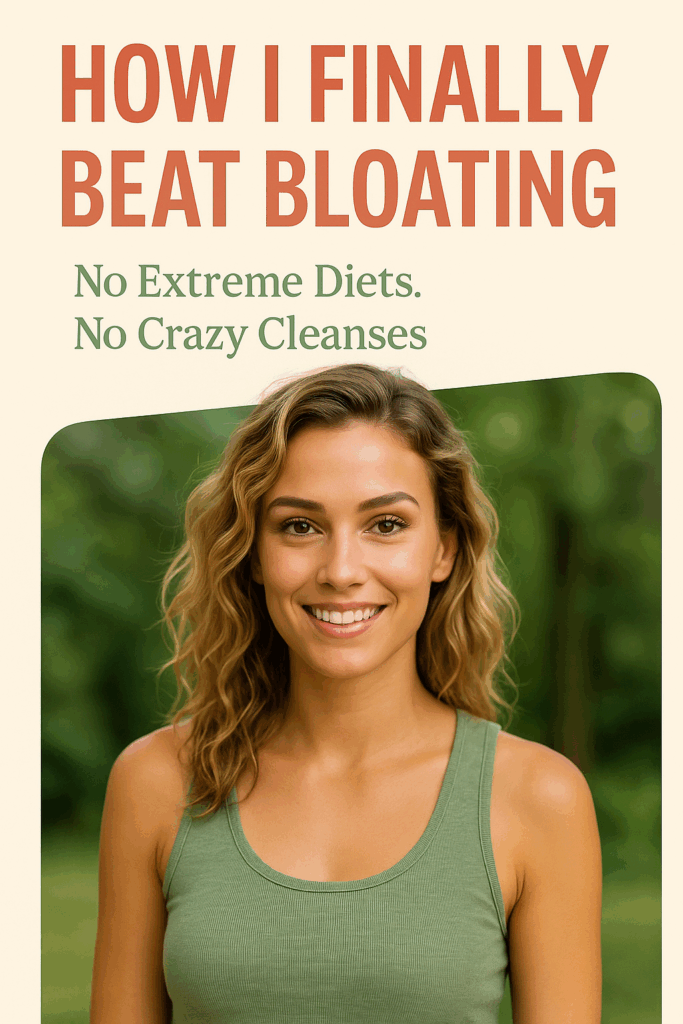Ah, the infamous afternoon slump. You know the feeling: that post-lunch lethargy that creeps in around 2 PM, making you want to trade your desk for a cozy couch. Trust me, you’re not alone. As women over 30, we juggle careers, family, and personal wellness, so it’s no wonder we occasionally hit a wall. But what if I told you that you could kick those slumps to the curb naturally? Join me on a 30-day challenge that helped me reclaim my afternoons and boost my energy levels!

Hi, I’m Zara — fitness junkie, wellness nerd, and the voice behind FitByZara.com. This site is all about smart fitness and science-backed wellness tips for real women who want to feel their best.
What is the Afternoon Slump?
3-Day Energy & Metabolism Reset
Grab the 3-Day Energy & Metabolism Reset — a quick-start guide to feel lighter, more energized, and back in control.

Where should I send your free reset guide?
Before we dive into the challenge, let’s quickly talk about what we’re dealing with. The afternoon slump is characterized by:
- Fatigue: A sudden sense of tiredness that makes you want to snooze.
- Lack of Focus: Difficulty concentrating on tasks at work or home.
- Mood Dips: Feeling irritable or unmotivated.
While these feelings are common, it’s possible to manage them effectively without caffeine or sugary snacks. Let’s get to it!
The 30-Day Challenge: Boosting Energy Naturally
Here’s the blueprint I followed to combat the afternoon slump. Feel free to tailor it to what works best for you!
Week 1: Hydration & Nutrition
Day 1-7: Focus on Water and Whole Foods
- Hydrate: Aim for at least 8 glasses of water daily. A hydrated body is an energized body!
- Balanced Meals: Incorporate whole foods like fruits, vegetables, lean proteins, and whole grains. Avoid heavy, processed meals that can leave you feeling sluggish post-lunch.
- Snacking Smart: Stock up on energy-boosting snacks like almonds, Greek yogurt, or veggie sticks with hummus.
Zara says: “Fuel your body with nature’s best, and you’ll power through the day!”
Week 2: Movement & Mindfulness
Day 8-14: Incorporate Movement
- Quick Workouts: Try a 10-minute brisk walk or an online workout during your lunch break. Movement increases blood flow and energy levels!
- Stretch it Out: Set a reminder every hour to stand up, stretch, or do a quick yoga pose to break up the day.
Mindfulness Moments
- Breathwork: Spend 5 minutes focusing on your breath. Inhale for a count of 4, hold for 4, and exhale for 6.
- Gratitude Journaling: At the end of the week, jot down three things you’re grateful for. A positive mindset can help ward off fatigue.
Week 3: Sleep & Stress Management
Day 15-21: Prioritize Rest
- Quality Sleep: Aim for 7-8 hours of restful sleep each night. Create a calming bedtime routine. Think dim lights, herbal tea, and zero screens!
- Power Nap: If you’re feeling particularly drained, allow yourself a 20-minute power nap. It can work wonders!
Stress Management Techniques
- Meditation: Spend 10 minutes a day meditating or using a mindfulness app. Even a few minutes can center your mind and refresh your spirit.
- Limit Caffeine: If you’re a coffee lover, try to cut back in the afternoons. It might just be the culprit behind your energy crashes.
Week 4: Social Connections & Self-Care
Day 22-30: Engage & Recharge
- Connect with Friends: Make plans with a friend for a walk or coffee. Social interaction can boost your mood and energy levels.
- Self-Care Days: Dedicate time each week to do something just for you—whether it’s a bubble bath, reading a book, or trying a new hobby.
Final Steps: Reflect & Adjust
After 30 days, take a moment to reflect on your journey. What worked best for you? What did you enjoy the most? Remember, this is your personal wellness journey, and it’s all about finding what makes you feel alive and energetic.
Conclusion: You Got This!
The afternoon slump doesn’t have to control your day. By committing to this 30-day challenge, you can discover natural ways to boost your energy and enhance your overall wellness. Implement these changes gradually, and watch your afternoons transform from sluggish to sensational.
I hope you join me in this challenge and find your own rhythm of energy throughout the day. Let’s make those afternoon slumps a thing of the past!
Call to Action
Have you tried any of these methods to beat the afternoon slump? Share your experiences in the comments below or connect with me on social media! Together, we can inspire each other to create a vibrant, energized life.
Stay tuned for more wellness tips at FitByZara.com!
HepatoBurn: Gentle Support for Steadier Days
When you’re stacking real habits—protein-forward meals, steps, and 7–9 hours of sleep—HepatoBurn is a simple add-on that supports the system behind energy, appetite, and metabolic rhythm.
Why Women 30+ Use It
- Pairs with an already-solid routine—no jitters, no crash.
- Easy to remember: 2 capsules with meals.
- Plays well with protein, walking, and strength training.
How to Use
- Timing: Breakfast & lunch are easy wins.
- Consistency: Use daily for a fair assessment.
- Stacks: Protein-first plates, post-meal walks, lights-down wind-down.
What It Isn’t
- Not a stimulant and not a magic fix.
- Best used alongside habits you’ll actually keep.
- Educational only—talk to your provider before new supplements.
Important: Educational only, not medical advice. Supplements don’t diagnose, treat, cure, or prevent diseases. Talk to your provider before changes to diet, exercise, or supplements.






















